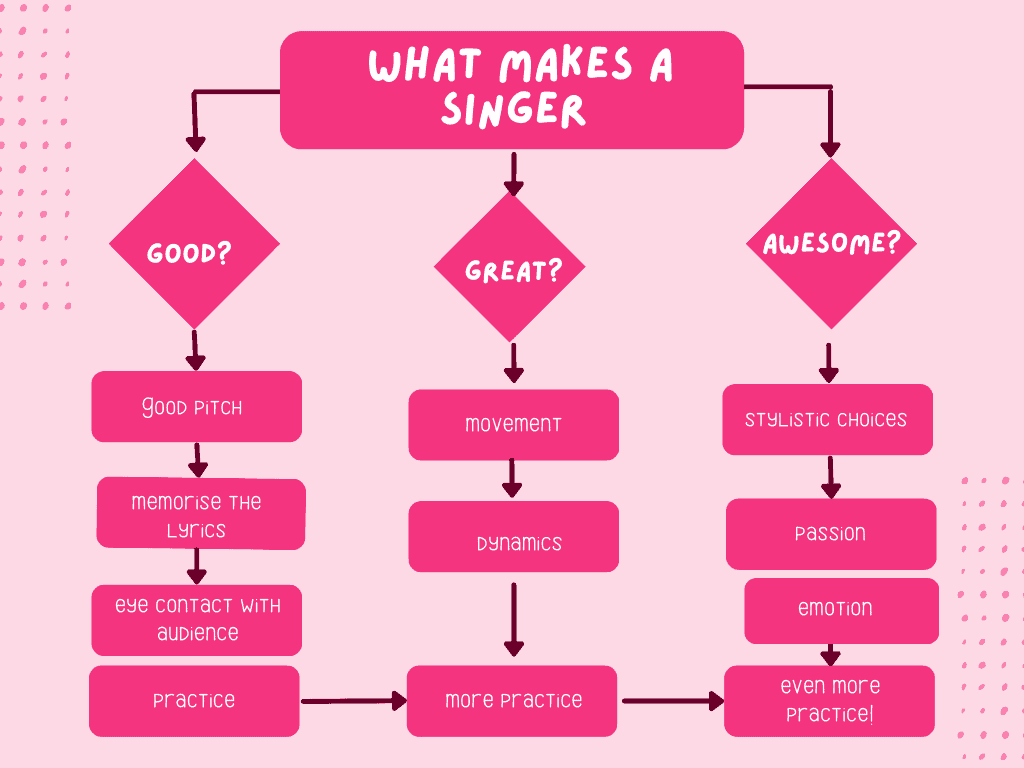Today we are going to have a look at a very small section of Adele’s song Easy on me.
We are just going to do the very beginning of the chorus: Go easy on me baby.
There are a couple of things to look at in this small section of the song.
It’s a great song, and if you haven’t listened to the whole song you can click on this link to listen to it on you tube.
The song is in F major, and this phrase begins with the tonic note, which is the beginning not of the scale -F and then you sing up a fifth, or leap up, which is the fifth note of the scale which is C.
You will find fifth intervals in lots of songs. Intervals are important to practice so that when we sing them, we land accurately on them.
Practice on the sound ng, which is the sound at the end of the word sing. The sound is closed (the tongue and soft palate are together) but you can open your mouth when you sing. This aims the sound into the front of the face.
You want to glissando (slide) up and down. As you go up, think more like you are landing on the note rather than revving up a hill.



